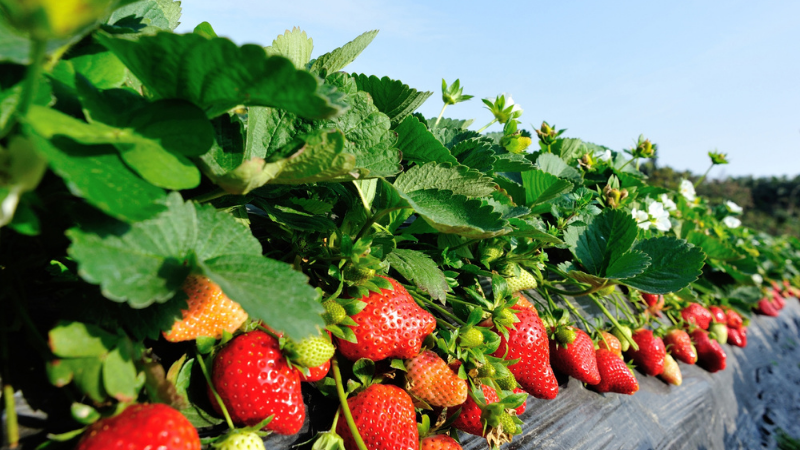How To Improve Your Spray Coverage In The Vineyard

When it comes to increasing the effectiveness of pesticide application in grapevines, growers often make the mistake of applying materials in the same manner throughout the growing season. This traditional practice typically results in a large amount of drift during early to mid season when the canopy is sparse.
According to Dr. Andrew Landers of Cornell University, grape growers can improve their application technique with a few simple and cost effective, yet little known, methods that will ultimately decrease drift and increase the efficiency of their spray coverage.
The Importance Of Nozzles
Air speed, volume, and direction are key factors in chemical application for grape vines.
Air flow direction is important because droplets will inevitably follow the path of the air dispersion. One inexpensive method for controlling the spray pattern that is emitted from an air blast sprayer is adjusting the orientation of nozzles. Surprisingly, this useful practice is not listed in the instruction manuals for most sprayers, says Landers.
Nozzle selection is equally crucial, as the size of droplets ultimately determines how far they will travel. Droplets under 150 microns possess the most potential for drift, while droplets that are less than 50 microns remain suspended in the air indefinitely. Ideally, growers should aim for droplets ranging from 150 to 250 microns. Air induction nozzles sold by Albuz, Lechler, and TeeJet reduced drift by about 50% to 65% in trials conducted at Cornell University. It is also important to match the type of nozzle to the type of application being made.
Much like getting regular oil changes performed on a car, maintaining nozzles on a sprayer is a simple but valuable practice that aids in improving deposition. Growers should replace nozzles when they exceed the manufacturer’s flow rate by 10%.
Air Speed
Air speed also plays an important role. In order to tailor the plume of the pesticides to the canopy, growers can regulate the PTO speed of the tractor. In trials conducted at Cornell University, drift was reduced by 75% when the PTO speed was decreased by a mere 25%. The operator can also regulate wind velocity. This is accomplished by using a hydraulic motor to drive the sprayer fan.
A select number of manufacturers fit sprayers with adjustable pitch blades that provide a variable airflow. These blades enable the operator to manually adjust blade pitch by either turning a handle or altering individual blades. Landers recommends that growers attend machinery exhibitions in other prominent growing countries of the world including Italy, France, and Germany.
For growers who do not have access to more advanced machinery, Landers recommends constructing a plywood doughnut using a jig saw and attaching it to the sprayer air intake via bolts. The doughnut will restrict both air intake and air flow during the times of the season when the canopy is sparse.
In regard to speed, there is a great need for the practical, hands-on training of sprayer operators. When an operator is properly trained, that individual will notice a spray plume drifting away as wind speed increases or changes direction.
Wind speed monitors have proven to be a valuable tool for grape growers. These instruments are usually inexpensive yet accurate, and they offer growers the advantage of a precise measurement as opposed to a rough estimation or reliance on distant airport weather stations. In fact, court judges in drift cases often favor the professional attitude of a grower who has made the effort to record accurate wind speeds.
For More Information
Interested in accessing additional resources for effective chemical application methods? Andrew Landers shares his knowledge on the subject at his Cornell University-based Web site. The site features a wealth of information including Extension publications and lists of sprayer and nozzle manufacturers. Also on the site is a general guide to vineyard and orchard spraying, and a link to a synopsis of Landers’ book, Farm Machinery Selection, Investment and Management. To check out the site, go to www.nysaes.cornell.edu/ent/faculty/landers/pestapp.









